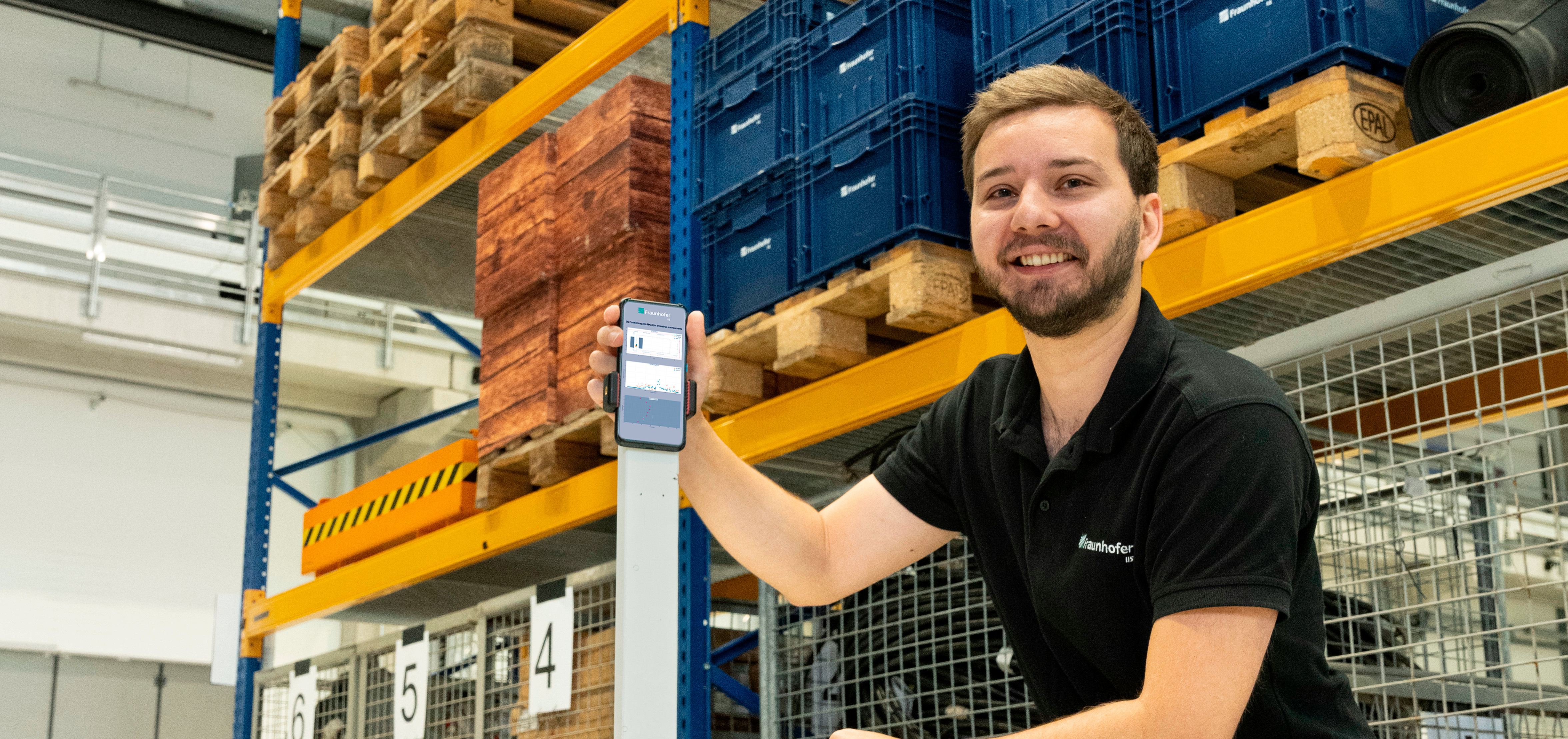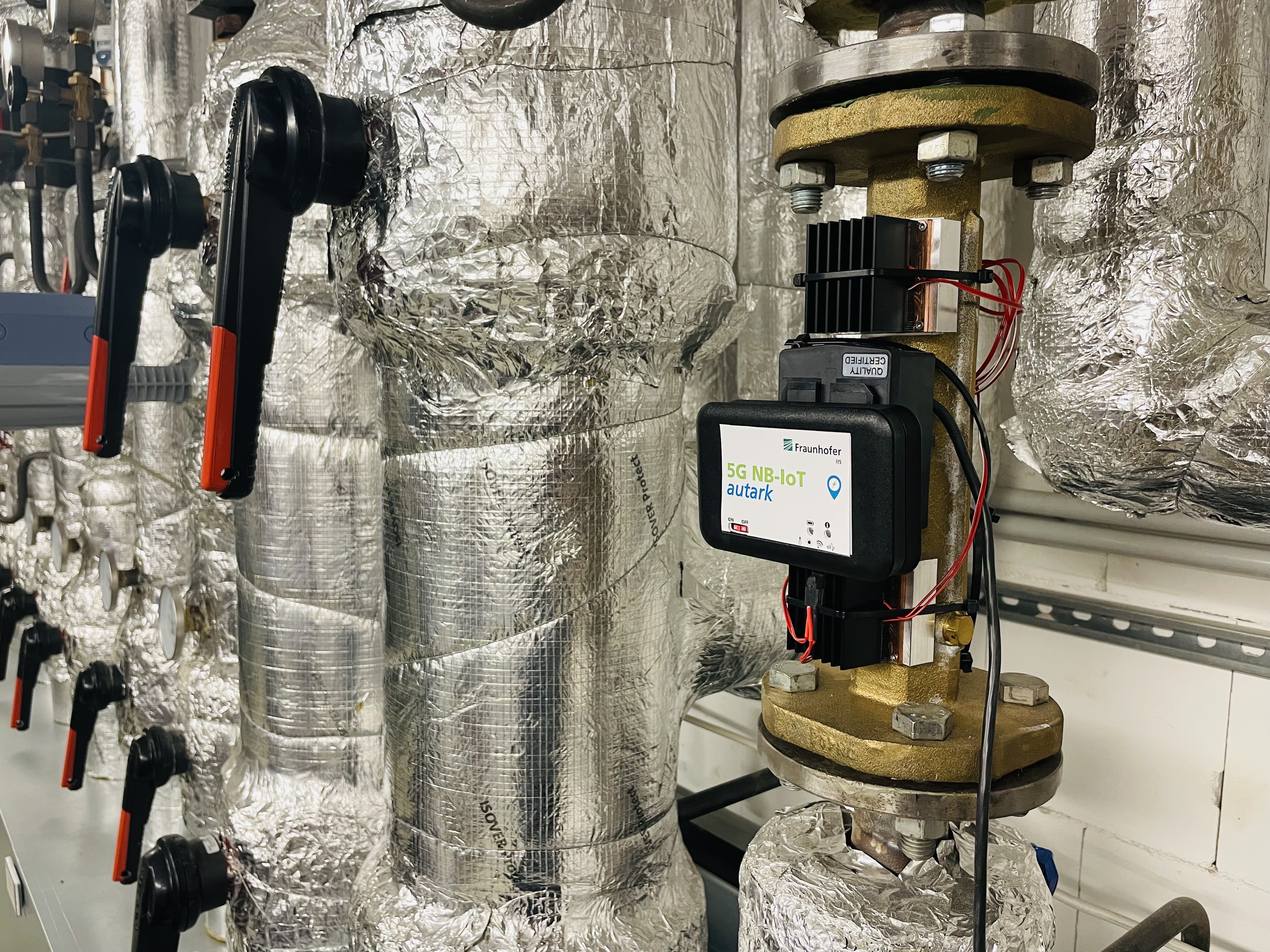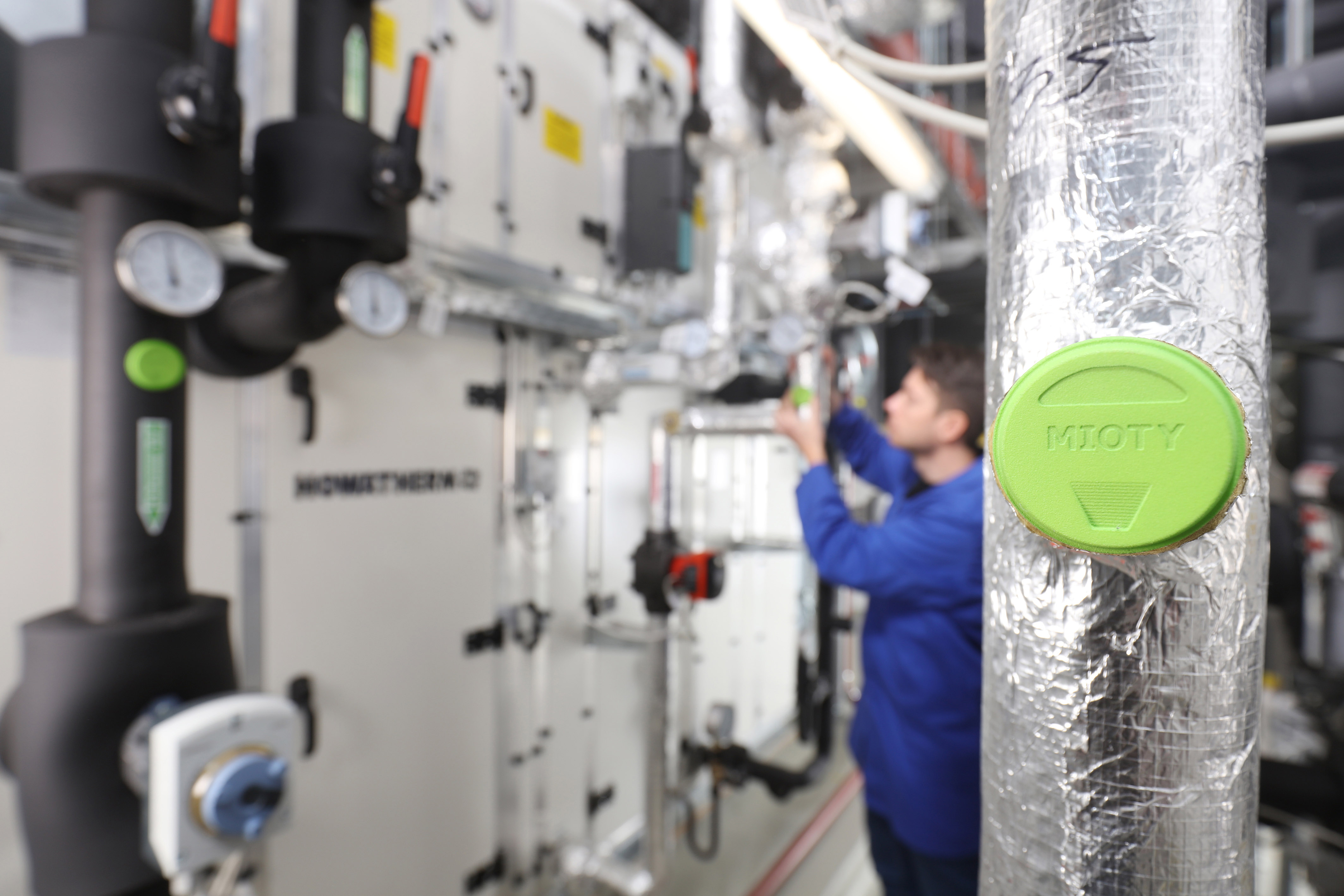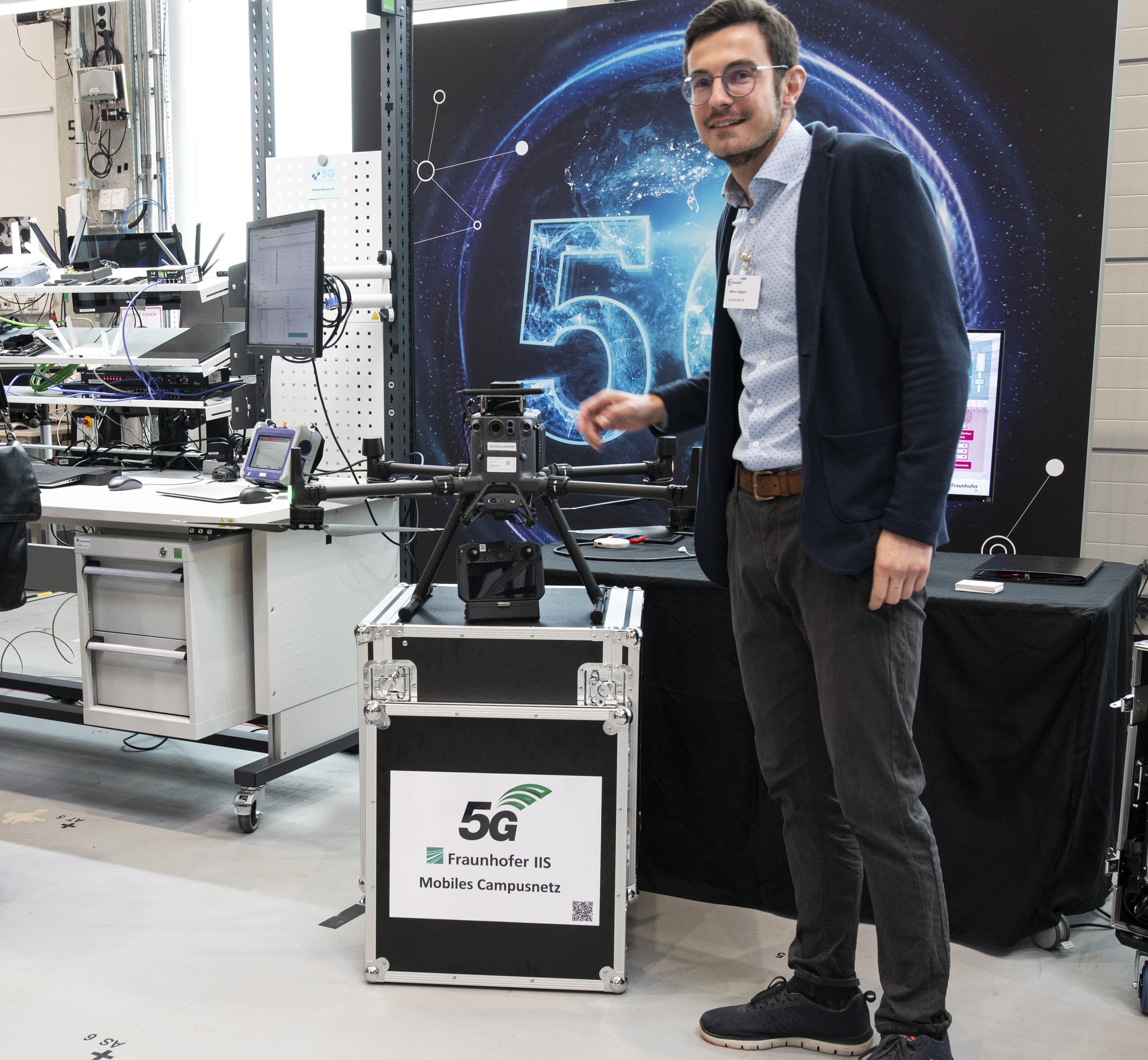Hannover, Germany / April 17, 2023 - April 21, 2023
Hannover Messe 2023

Hall 16 Booth A12

Hall 16 Booth A12
People working alone are at particular risk of falling victim to workplace accidents. Therefore, it is essential that they are protected by systems that automatically detect threats such as fall hazards, potential medical emergencies or time spent in critical areas, and notify first responders or trigger warnings in appropriate areas. The systems that are currently in use are not capable of performing these tasks adequately. Wireless systems in particular have limitations in terms of real-time capability or range. Radio communication experts from the Fraunhofer Institute for Integrated Circuits IIS are working with Swissphone Wireless AG to develop reliable, wireless lone worker protection with an integrated area alerting system. Their solution is a low power wide area network (LPWAN) connection such as mioty®.

General advantages of mioty:
- Reliable transmission of data over distances of 5 - 15 km
- Independent and robust against external interferences
- Scalability of 3.5 million messages per day (up to 1 million sensors per base station)
- Parallel operation of mioty networks
- Interference immunity even with bidirectionality, simultaneous sending and receiving
- No overhead for network management
New specifications - mioty® class b and class c
- Shorter latency up to 100 ms over long range (1.5 to 2.5 km in urban environment and 7.5 km in rural environment), so that e.g. alarming via multicast/broadcast is guaranteed and several actuators can be reached simultaneously.
MORE THAN BITS AND BYTES - Precise positioning plays an important role, especially in industrial applications. Therefore, the availability of reliable position information is a fundamental success factor for Industry 4.0 applications. One solution here is to use 5G infrastructures not just for communication, but also for positioning. In the upcoming 5G releases, we will see improvements in location accuracy, latency and power consumption. Fraunhofer IIS developed the necessary algorithms for high-precision positioning in private and mobile 5G networks in order to promote new use cases in all industries. The 5G testbed "Industry 4.0" from Fraunhofer IIS with its accessible indoor and outdoor area is available as a realistic environment for testing the localization. In addition to 5G, the open testbed offers WLAN and UWB as comparison technologies and is available to all system developers, network and infrastructure providers and applying companies for tests.

Energy harvesting eliminates the need to use power cables or recharge batteries in mobile devices. Instead, vibrations from equipment, machinery and buildings – or, alternatively, the temperature gradient between pipes, radiators and valves and their immediate surroundings – can be used to generate electricity. Solar cells can also be used for power generation both indoors and outdoors. This electricity can be used to directly power small electronic systems.

Robust radio systems are used to transmit sensor data and control information in network structures. In times of Internet of Things (IoT), people and things are intelligently networked with each other, leading to innovations in the field of Industry 4.0 and Smart City.

In this context, the IoT protocol (mioty®) developed by Fraunhofer IIS sets new standards in the field of wireless data transmission in terms of scalability, cost efficiency, range, transmission security and battery life.
The solution approach is an asymmetric transmission method with many simple IoT nodes ("end points") as well as central base stations.
Robust data transmission of around 1.5 million messages can be ensured with just one base station. mioty® achieves ranges of many kilometers and is characterized by its energy efficiency with battery lifetimes of up to 20 years.
Businesses with their own campus network benefit from a customized 5G network with guaranteed available bandwidth, low latency and high reliability. The mobile campus network from Fraunhofer IIS provides companies with a simple and cost-effective way to find out in advance whether setting up and operating their own 5G campus network is worthwhile. The mobile campus network is a standards-compliant network for straightforward testing of 5G applications over a limited period of time. Its compact network equipment is transportable and therefore quick and easy to set up almost anywhere.

It consists of a 5G base station and the core network as well as an antenna and a corresponding remote radio head. The base station and the core network run as an integrated software solution on a local computer (edge solution).
The antenna and radio head provide uninterrupted network coverage over a range of several hundred meters. The 5G cell set up over this area provides up to 100 MHz of bandwidth. It is also possible to extend this with an additional cell, for example to provide equal service to a site’s indoor and outdoor areas.